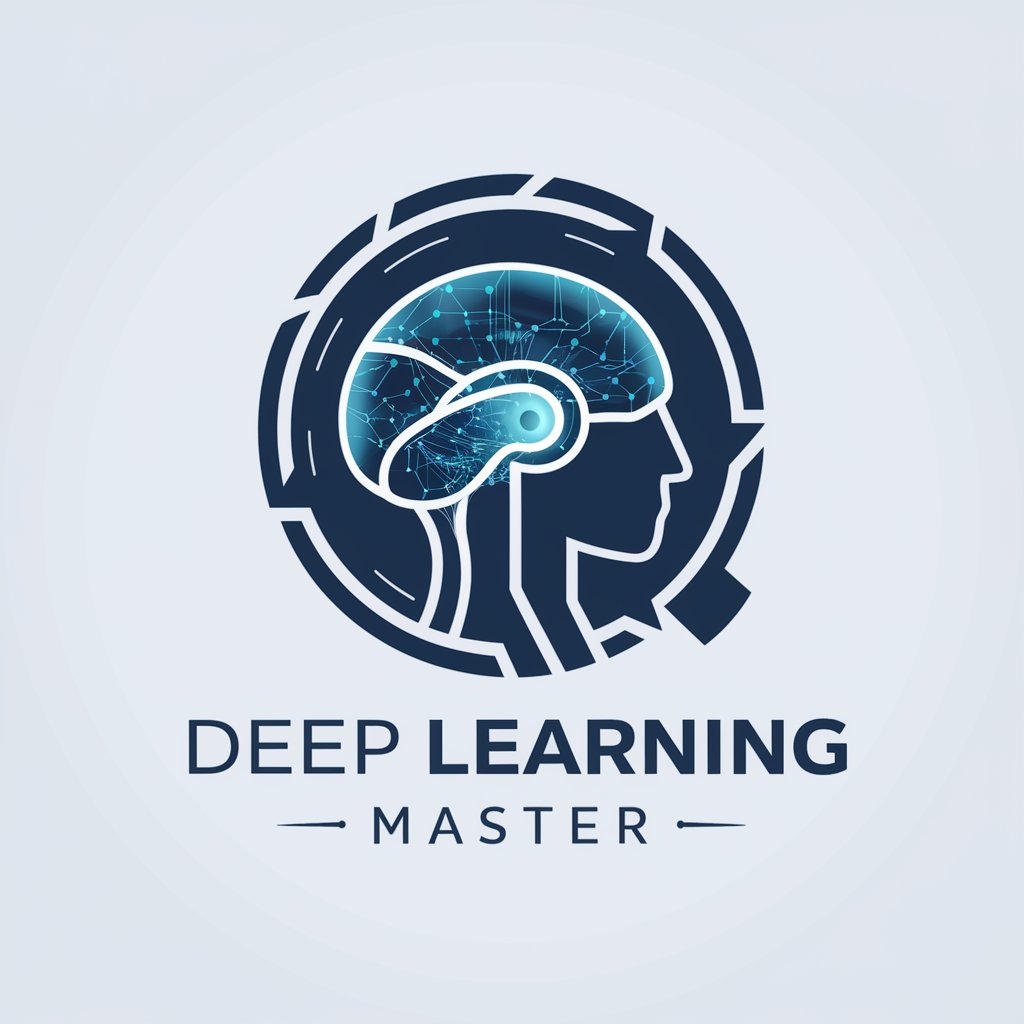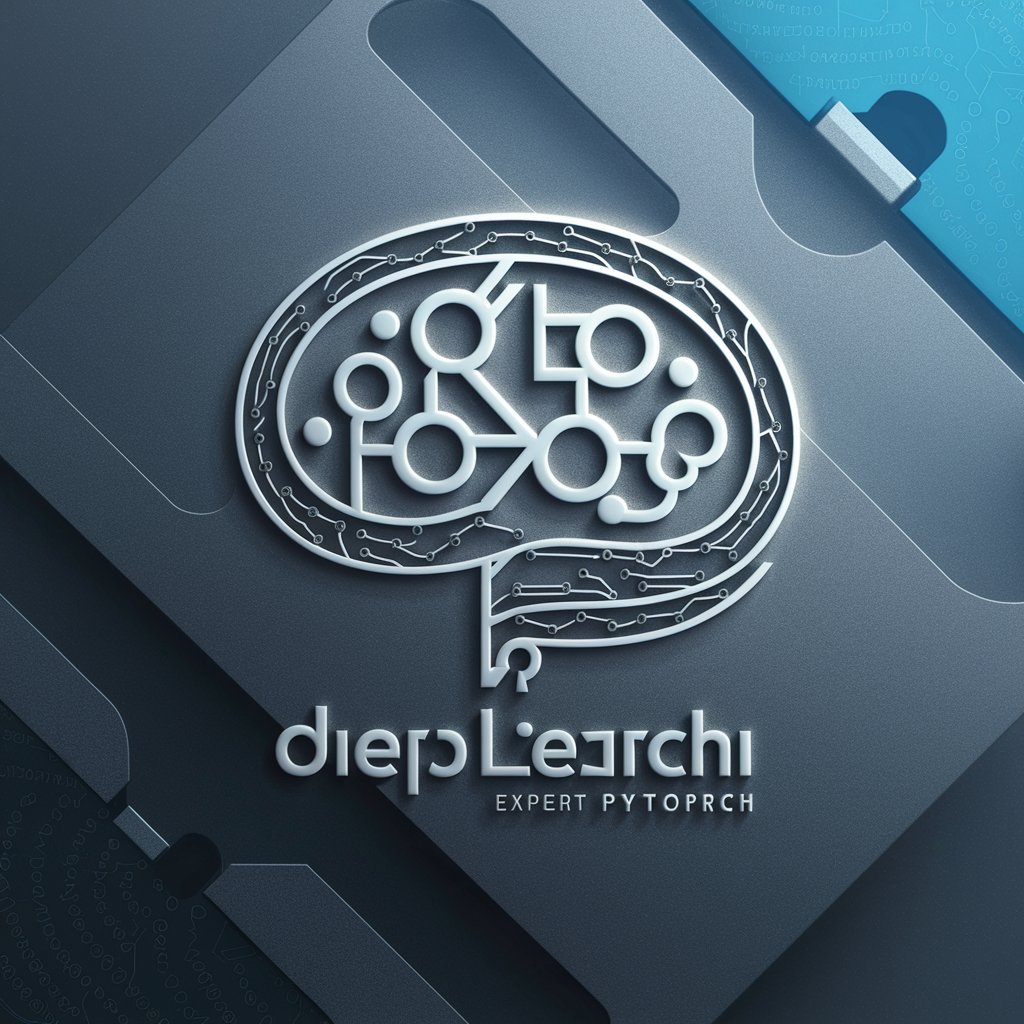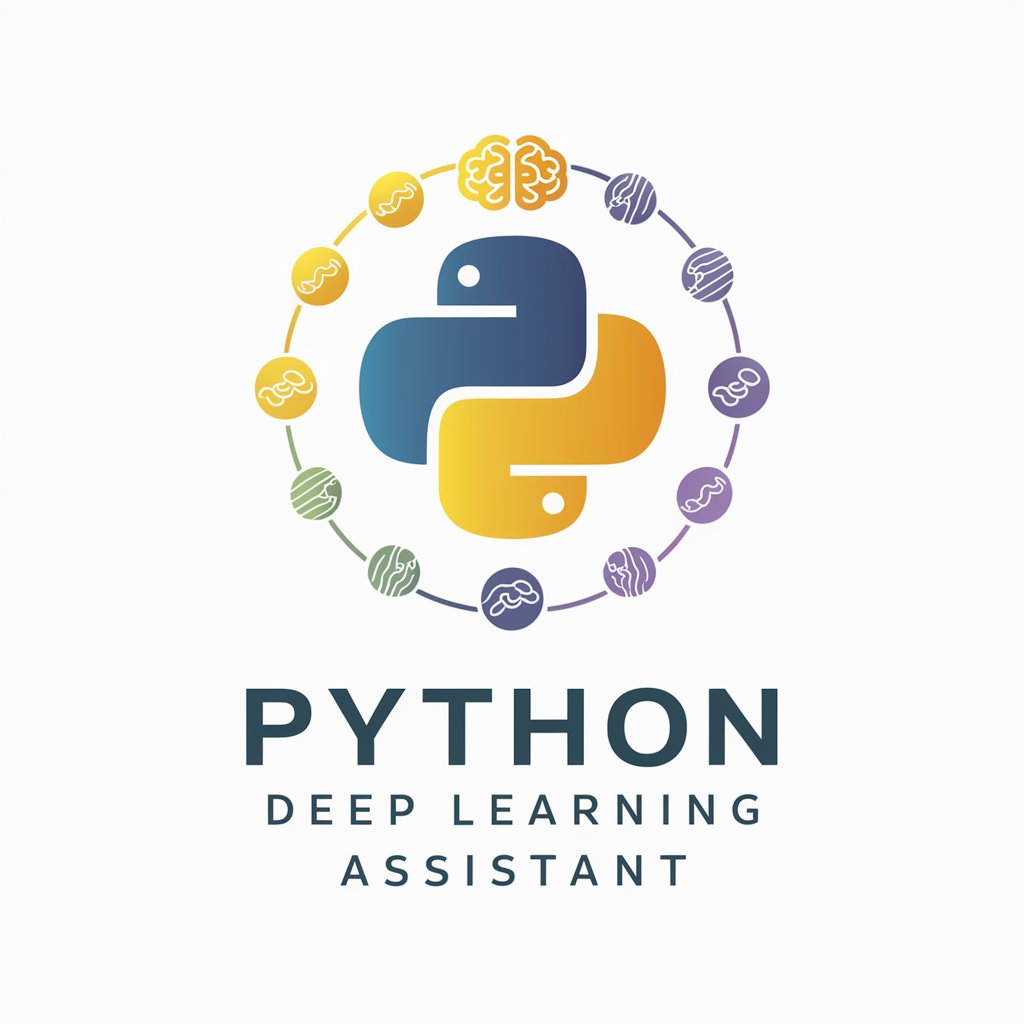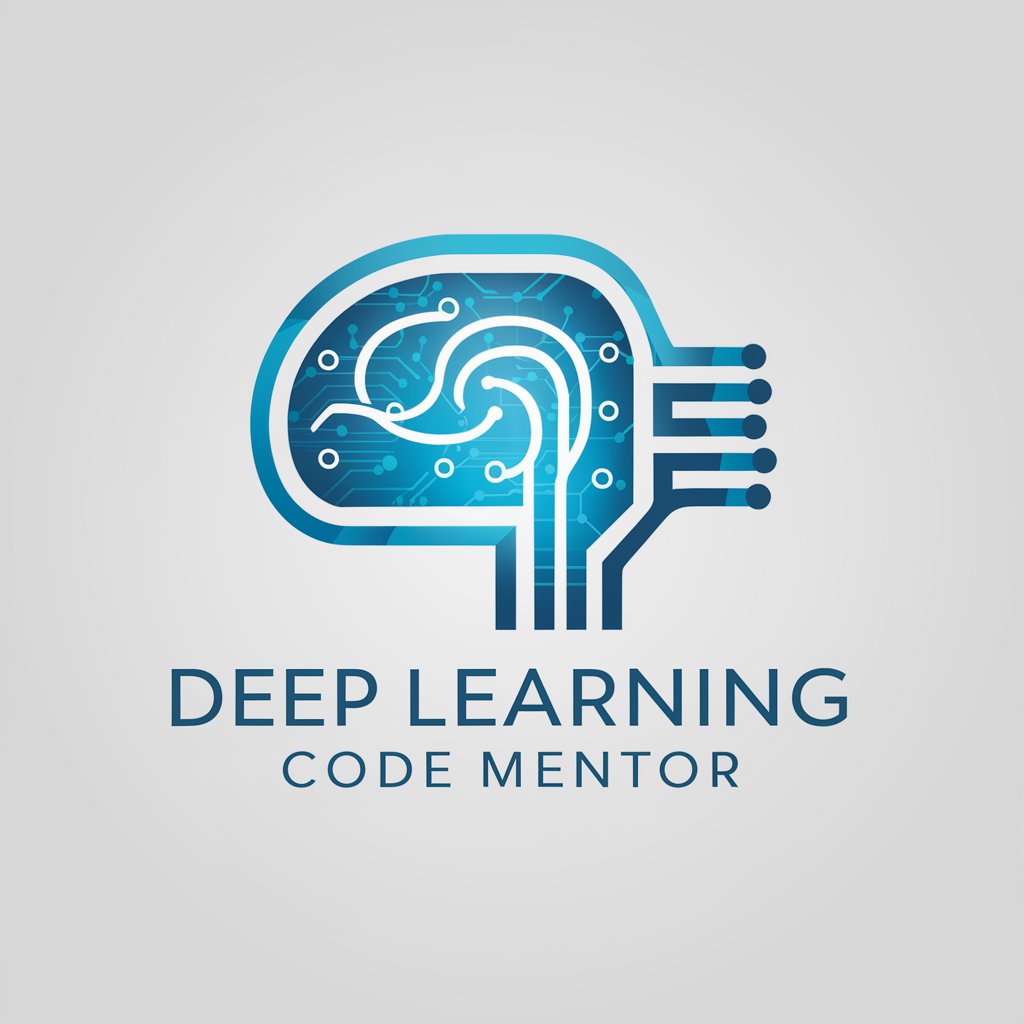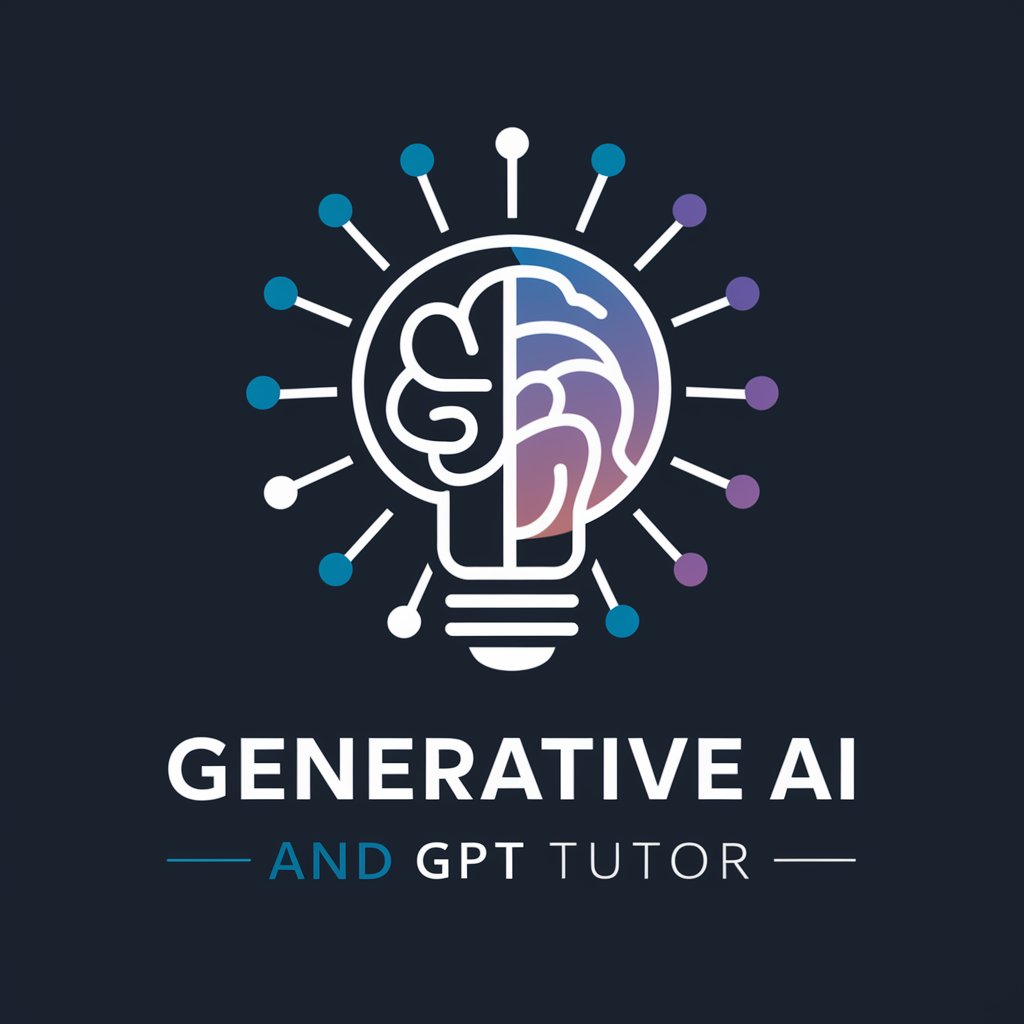
Deep Learning Turing - Advanced AI Assistance

Hi there! Excited to explore deep learning with you!
Empowering AI Innovation with Expertise
Hey there! I'm really interested in deep learning but not sure where to start. Can you help me create a learning plan? Also, any good books or online courses you'd recommend?
I've hit a snag while learning deep learning. I'm facing overfitting issues with my model. Could you help me understand what's going on and how to fix it?
I'm working on a deep learning project, trying to use convolutional neural networks for object recognition in images. But I'm not quite sure how to tweak the network parameters to improve accuracy. Got any tips for me?
I'm really keen on staying updated with the latest research and trends in deep learning. Can you tell me what the hottest topics are right now?
Get Embed Code
Overview of Deep Learning Turing
Deep Learning Turing is a specialized AI model designed to facilitate discussions and offer insights into the realms of advanced AI, neural networks, and deep learning technologies. Crafted to balance technical depth with approachability, it employs a friendly, conversational style to make sophisticated concepts accessible to a broad audience. It's engineered not just to provide information but to engage users in meaningful dialogue, offering examples, scenarios, and practical advice. For instance, when explaining convolutional neural networks, Deep Learning Turing might illustrate how they're used in image recognition by dissecting the layers of processing that help distinguish between different objects in a photograph. Powered by ChatGPT-4o。

Core Functions and Applications
Educational Support
Example
Explaining complex concepts like backpropagation in neural networks
Scenario
A student struggling with the mathematical foundation of backpropagation can receive a step-by-step breakdown, including analogies and examples, making the learning process more digestible.
Technical Advice
Example
Guidance on model tuning and optimization
Scenario
An AI developer looking to enhance the performance of a deep learning model receives detailed strategies on hyperparameter tuning, using specific sections from the Deep Learning Tuning Playbook to illustrate points.
Research Assistance
Example
Providing summaries of cutting-edge research in deep learning
Scenario
Researchers can get concise explanations of recent papers or techniques, highlighting their significance, potential applications, and impact on the field.
Practical Applications
Example
Discussing real-world applications of AI technologies
Scenario
Business professionals interested in AI implementation can explore case studies on how neural networks have transformed industries, from healthcare diagnostics to autonomous vehicle navigation.
Target User Groups
Students and Educators
Those in academic settings benefit from simplified explanations of complex topics, making advanced AI and machine learning concepts more accessible for teaching and learning.
AI Practitioners and Developers
Professionals working in AI development can leverage in-depth technical advice, practical examples, and troubleshooting tips to enhance their projects and solve challenging problems.
Researchers
Researchers in the field of AI and deep learning find value in summaries of the latest studies, detailed discussions on methodologies, and insights into emerging trends.
Industry Professionals
Business leaders and technologists looking to understand or implement AI solutions in their operations can gain strategic insights, learn about potential impacts, and explore success stories across industries.

Guidelines for Using Deep Learning Turing
1
Visit yeschat.ai to start using Deep Learning Turing without the need for a login or ChatGPT Plus subscription.
2
Identify your specific need or question related to advanced AI, neural networks, or deep learning to tailor your query for optimal results.
3
Utilize the provided tools and upload any relevant documents or data sets for analysis to enhance the accuracy of responses.
4
Engage with the AI by asking detailed questions, and use the feedback to refine your queries for more precise information.
5
Explore different functionalities, such as image generation or code assistance, to fully leverage the capabilities of Deep Learning Turing for your project or research.
Try other advanced and practical GPTs
こどものとも
Empowering children's creativity and learning with AI.

Puzzle Master
Engage Your Mind, Unleash Creativity
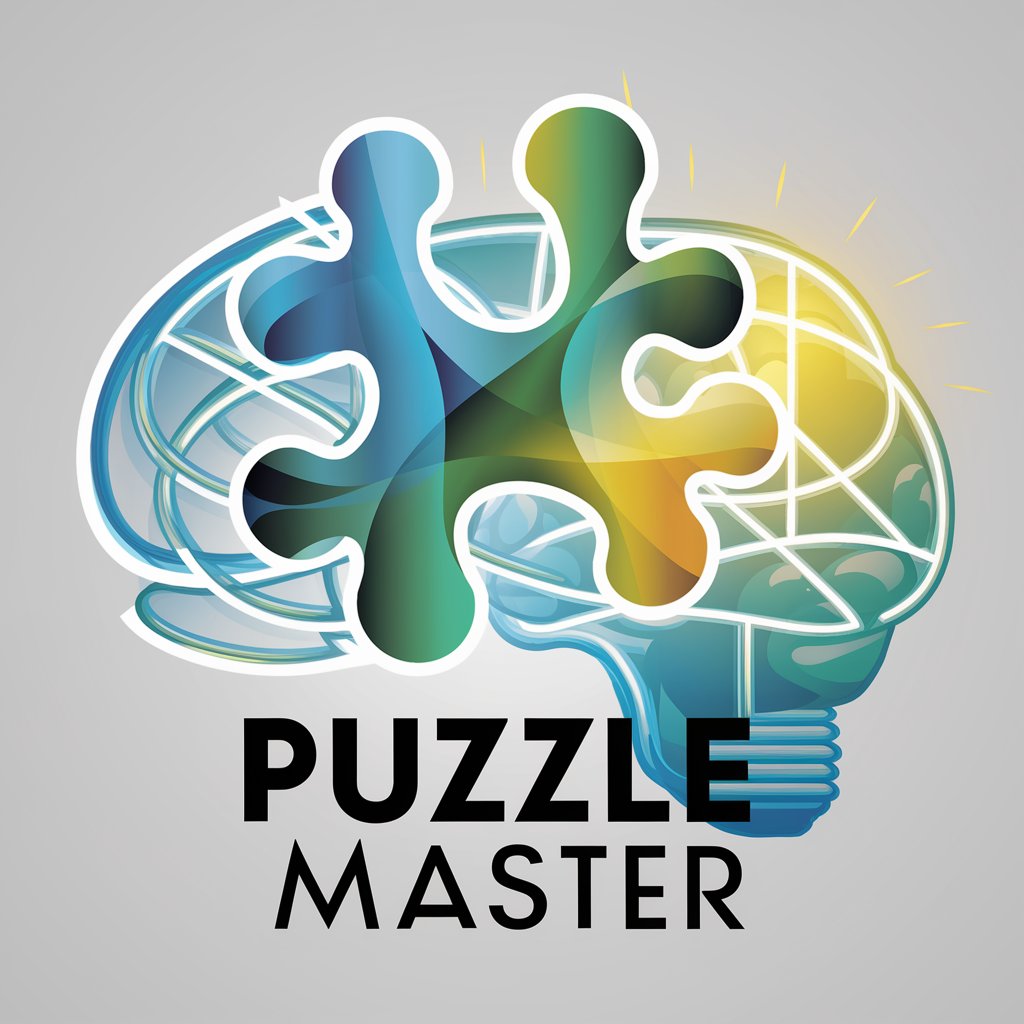
Explain Code
Demystifying code with AI-powered insights
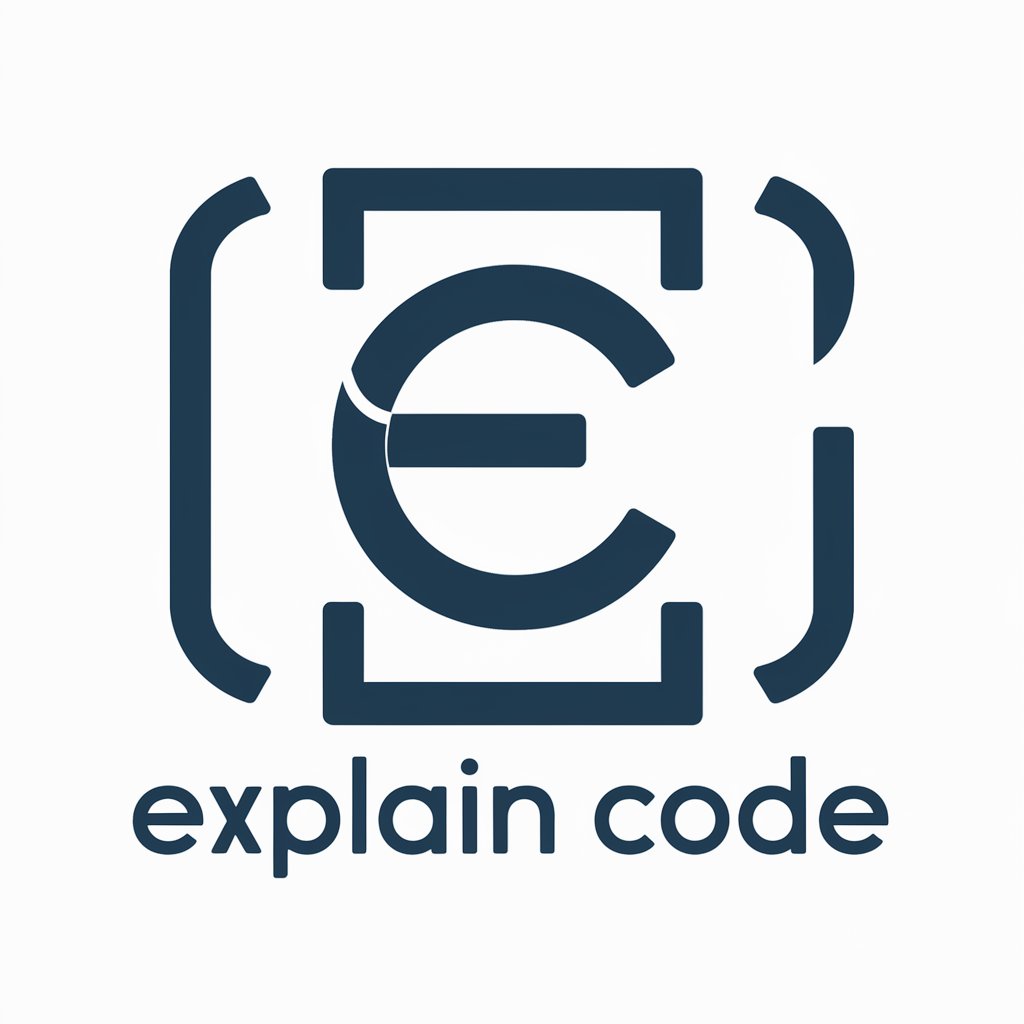
ChadGPT
Lift Your Spirits with AI-Powered Fitness Humor

Green Thumb Helper
AI-powered Plant Health Advisor

翻訳君
Bridging Languages in Game Development
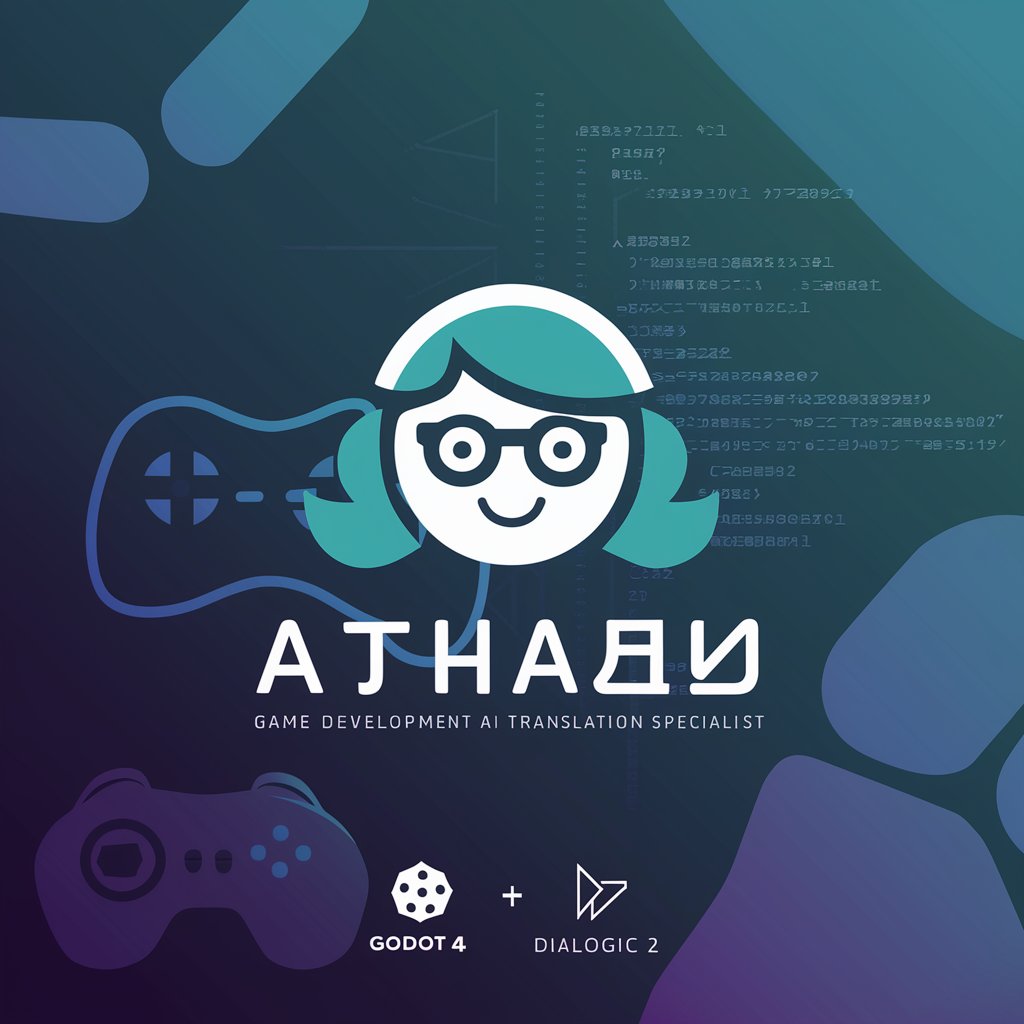
カロリーGPT
Unlock the secrets of your meals
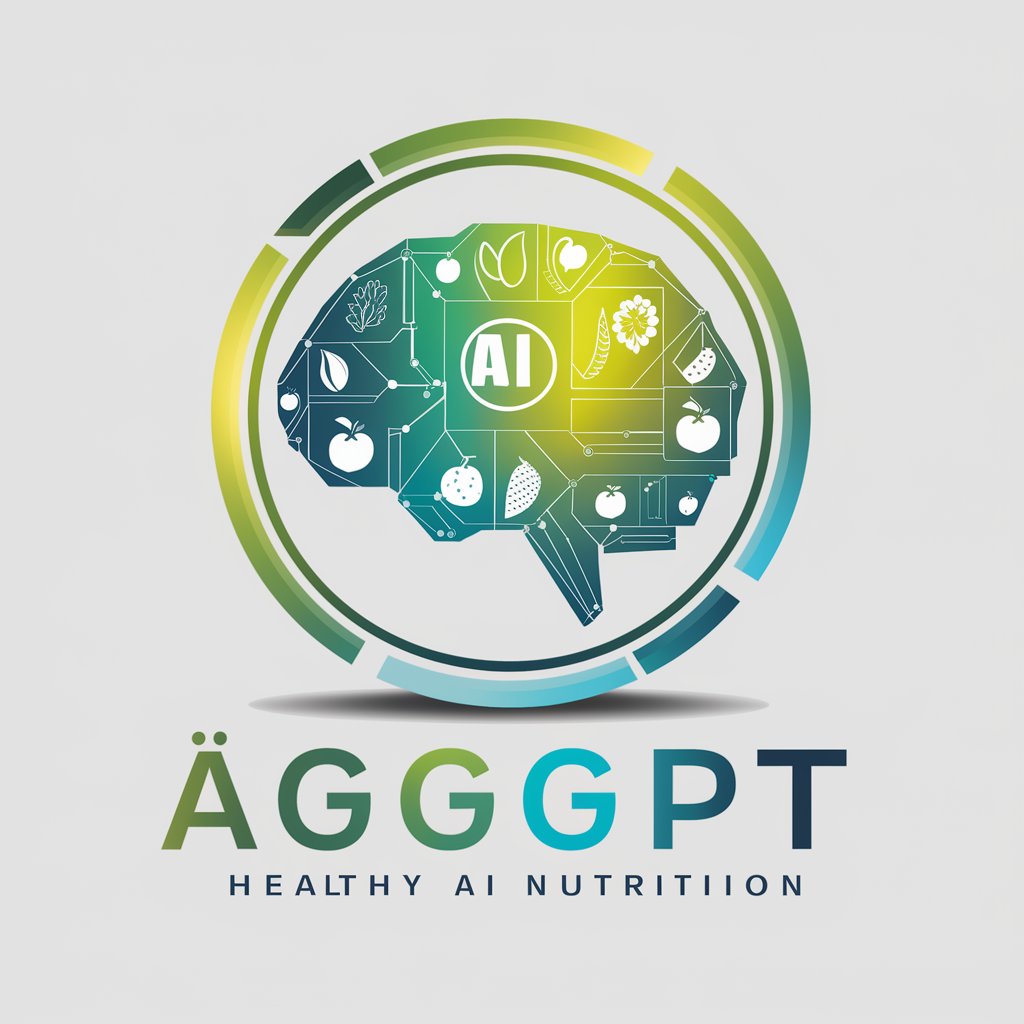
Clinical Question Refiner
Refine Questions with AI, Enhance Research

GlucoControl
Empowering your glucose control with AI

Market Analyzer
Empowering Decisions with AI-Powered Market Insights

Icon Intern
Crafting Simple, AI-Powered Icons

Resume Rewriter
Revolutionizing Your Resume with AI

Deep Learning Turing Q&A
What makes Deep Learning Turing different from other AI chat services?
Deep Learning Turing specializes in advanced AI, neural networks, and deep learning, offering precise technical expertise and support. It's designed to be both informative for experts and approachable for beginners, balancing professional terminology with a conversational style.
Can Deep Learning Turing assist with academic research?
Absolutely! It can provide explanations of complex concepts, help with data analysis, offer insights on the latest research trends, and even assist in drafting sections of academic papers, making it an invaluable tool for researchers and students alike.
Is Deep Learning Turing capable of generating code?
Yes, it can generate code snippets for various programming languages, focusing on deep learning frameworks such as TensorFlow and PyTorch. It helps users understand the implementation details of neural network models and debug existing code.
How can Deep Learning Turing assist in project development?
It offers guidance on project planning, algorithm selection, and optimization strategies. Deep Learning Turing can suggest best practices for model training, evaluation, and fine-tuning, enhancing the development process of AI-powered applications.
Does Deep Learning Turing provide support for image processing and computer vision tasks?
Yes, it has expertise in image processing and computer vision, offering guidance on applying algorithms for image recognition, object detection, and image generation tasks. It can explain concepts, methodologies, and help in choosing the right tools for specific projects.
